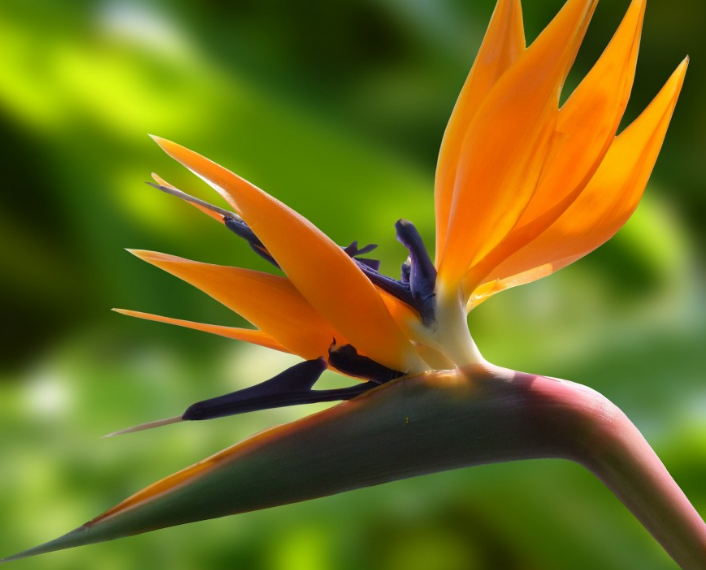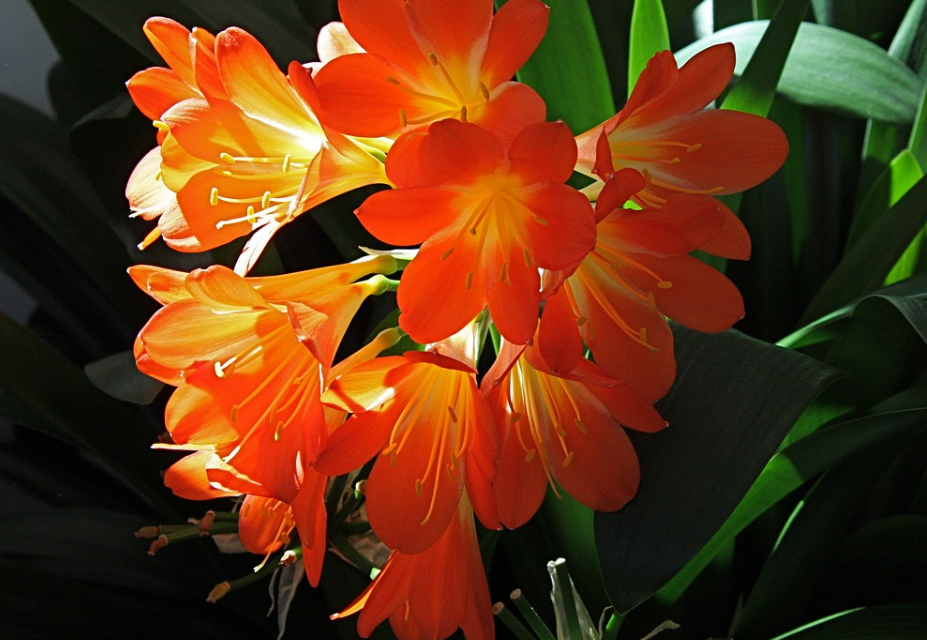When does the orchid blossom? What are the reasons for not blooming? (culture methods and matters needing attention are attached)
Magnolia is a very strange form of plant, blooming flowers like brilliant fireworks blooming in the night sky, very dazzling. So do you know when the orchid blossoms? What are the reasons for not blooming? What are the breeding methods and matters needing attention?

When does the orchid blossom?
The flowering period of Magnolia is relatively long, generally blooming in June or July every year, the flowering period is more than 100 days, and it will not bloom until 4 or 5 years after seedling cultivation. The flowers in the same inflorescence overlap and bloom in turn, each floret needs about 3 days to bloom, can last for 10-15 days, and the total ornamental time for each flower is about 30-40 days. Larger plants with good growth can have multiple inflorescences and flowers blooming at the same time. In a year, the orchid blossoms most in autumn and less in winter.
Second, what are the reasons why the orchid does not bloom?
1. Fertilizer imbalance: if the plant growth is too exuberant, consideration should be given to reducing the amount of nitrogen fertilizer and increasing the application of phosphorus and potassium fertilizer, such as the application of fully mature thin chicken and duck manure water, 0.2% potassium dihydrogen phosphate solution can also be used.
2. The pot capacity is too large: the pot for planting the orchid should not be too large, otherwise a large amount of nutrition will be used for root growth, which will form a huge fleshy root body in the pot, and will also affect the flower bud differentiation and normal flowering of the plant. For this reason, we should consider planting in a smaller flowerpot, which is expected to promote its flowering.
3. Too deep planting: if the potted orchid is planted too deeply, it will also affect the flower bud differentiation. To this end, you can change the flowerpot at the end of this autumn or the next spring and cultivate the soil to the neck of the root, as long as you can bury the fleshy root in the fertile culture soil.
Third, how to breed the orchid?
1. Temperature
The orchid is not resistant to cold, and the most suitable growth temperature is 15-25 ℃, but it stops growing below 8 ℃. When the temperature in winter is not lower than 4 ℃, it can be placed in a place with light from north to south, watering less and overwintering in the open field. In the north, flowers should be moved indoors or in plastic sheds to survive the winter.
2. Lighting
Hewang orchid likes light, if the lack of light can easily lead to poor plant growth and affect flowering, so we must pay attention to light.
3. Pruning
In order to improve the quality of flower buds, old leaves, diseased leaves and useless flower and fruit branches should be removed in time.
4. Watering
Magnolia lanceolata is afraid of waterlogging, the growth in summer and the flowering period in autumn and winter should be sufficient, and watering should be reduced appropriately after flowering in early spring. In summer, water is usually watered once a day, and water is sprayed on the leaf surface and the surrounding ground with a spray can in the morning and evening to increase air humidity. Reduce watering in winter and keep the soil slightly dry. If it is allowed to continue to grow, it should be watered more frequently.
5. Fertilization
Hewang orchid likes fertilizer, so an appropriate amount of phosphorus and potassium fertilizer should be added to the soil, and active humic acid liquid fertilizer should be applied every 2 weeks in the growing season.
Fourth, what are the matters needing attention in breeding crane orchid?
1. Different seasons have different illumination.
In spring and autumn, flowerpots should be placed in sunny places for cultivation, while winter should be more exposed to sunlight, otherwise it will directly affect the growth of leaves and the color of flowers. But in summer, because the sun is too strong, the plants should be kept under the shade to prevent the leaves from being burned by the scorching sun and affect their ornamental value.
2. Phosphate and potassium fertilizer is the main fertilizer in autumn and winter.
In autumn and winter, Hewang orchid is mainly fertilized with phosphorus and potash, and human roots are fertilized with potassium dihydrogen phosphate, which can make the plant grow and thrive, and the flowers are many and large.
3. Change the basin frequently
Cymbidium is a large potted ornamental flower with fast growth and well-developed roots. generally, seedlings should change pots and soil once a year, and change pots and soil every 2-3 years after plant formation, and split in spring.
Time: 2019-03-14 Click:
- Prev

How to plant magnolia? What about the rotten roots? (with ten famous and valuable varieties of Magnolia)
Cymbidium is a popular ornamental plant in China, and its sales prospect is very good. Plants are being planted all over the country and then sold as potted plants. So how do you grow orchids? What about the rotten roots? What are the ten most valuable varieties? How to plant magnolia? , 1. Under normal circumstances
- Next

How to raise the crabapple flower known as "Guoyan"? When will it blossom? What if it doesn't blossom?
Known as the national beauty of the crabapple flower, has a chic and charming flower posture, flowers bloom like brocade, even the fruit is so exquisite and considerable, very favored by people, many flower friends like to raise a pot at home. So how to grow crabapple flowers? When will it blossom? What if it doesn't blossom? How to grow crabapple flowers?
Related
- Fuxing push coffee new agricultural production and marketing class: lack of small-scale processing plants
- Jujube rice field leisure farm deep ploughing Yilan for five years to create a space for organic food and play
- Nongyu Farm-A trial of organic papaya for brave women with advanced technology
- Four points for attention in the prevention and control of diseases and insect pests of edible fungi
- How to add nutrient solution to Edible Fungi
- Is there any good way to control edible fungus mites?
- Open Inoculation Technology of Edible Fungi
- Is there any clever way to use fertilizer for edible fungus in winter?
- What agents are used to kill the pathogens of edible fungi in the mushroom shed?
- Rapid drying of Edible Fungi

